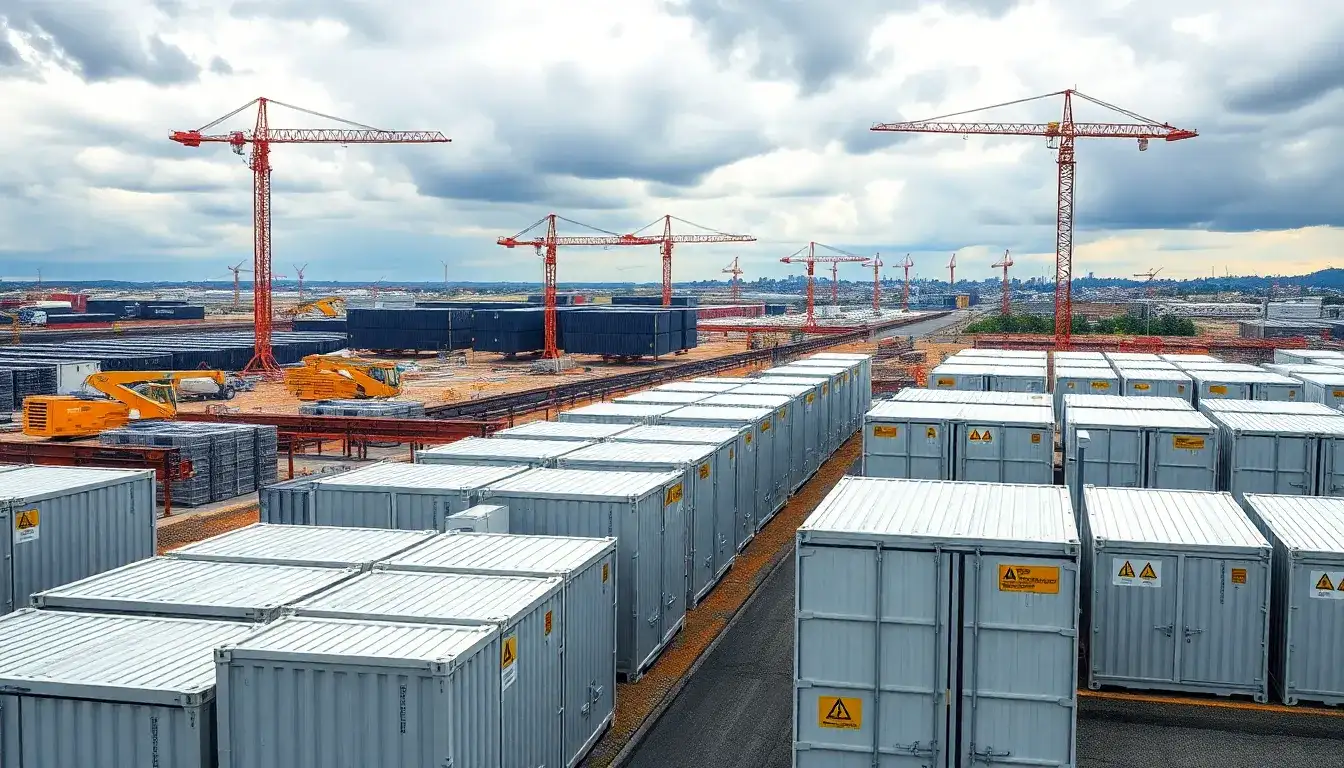Energy Storage
On February 17, 2025, new analysis reveals that hundreds of proposed battery energy storage sites might never be built. The research indicates that the capacity of projects waiting to connect to the grid is already four times greater than what is necessary by 2035. Battery developers are now left in suspense as they await news on whether their projects will be selected for advancement. This is due to the efforts of Ofgem and the National Energy System Operator (Neso) to refine the queue, narrowing it down to only those projects that are essential and ready to proceed.
The government’s Clean Power 2030 Action Plan aims for a target capacity of up to 27 gigawatts of battery storage by 2030, which represents a sixfold increase from the current installed capacity of 4.5 gigawatts. According to analysis from Cornwall Insight, the system is already oversubscribed. The queue for proposed batteries seeking grid connections by 2030 has surged to 61 gigawatts, more than double the additional capacity required.
Long Duration Energy Storage (LDES) is expected to play a significant role in transitioning to a renewable-dominated energy system, as highlighted by Laura Sandys. Scotland is integral to this energy transition, demonstrating that it produces over 100 percent of its electricity needs from renewable sources, making it one of the top producers in Europe. This clean energy generation is crucial for the UK in achieving its legally mandated net zero target by 2050. In 2024, 42.3 percent of the UK’s energy was sourced from renewables, with 48 percent of the ongoing goal of 30GW situated in Scotland.
While increasing the share of clean energy is crucial, it is equally important to prepare the entire system for the transition to clean, intermittent energy sources. Energy storage is vital in this shift, particularly LDES, which is typically defined as storage lasting over eight hours, although definitions can vary. Lithium-ion batteries are categorized as short-duration storage, lasting less than four hours.
LDES can be likened to frozen food in the energy sector, as it captures energy when it is ‘harvested’ and releases it when needed, storing it for much longer than conventional batteries. This capability provides numerous system services that bolster the resilience of our grid networks, which can be thought of as our ‘energy highways.’
Scotland is well-acquainted with one of the oldest forms of LDES—pumped hydro—which plays a critical role in storing and dispatching power as needed. In contrast, newer forms of LDES, such as liquid air, are fully locatable. This means that plants can be constructed wherever the grid requires, enhancing flexibility and reinforcing system stability. As a result, the grid remains balanced and reliable, significantly reducing the likelihood of blackouts.
Original article by NenPower, If reposted, please credit the source: https://nenpower.com/blog/surge-in-proposed-battery-energy-storage-projects-raises-concerns-over-oversubscription-and-future-capacity-needs/



